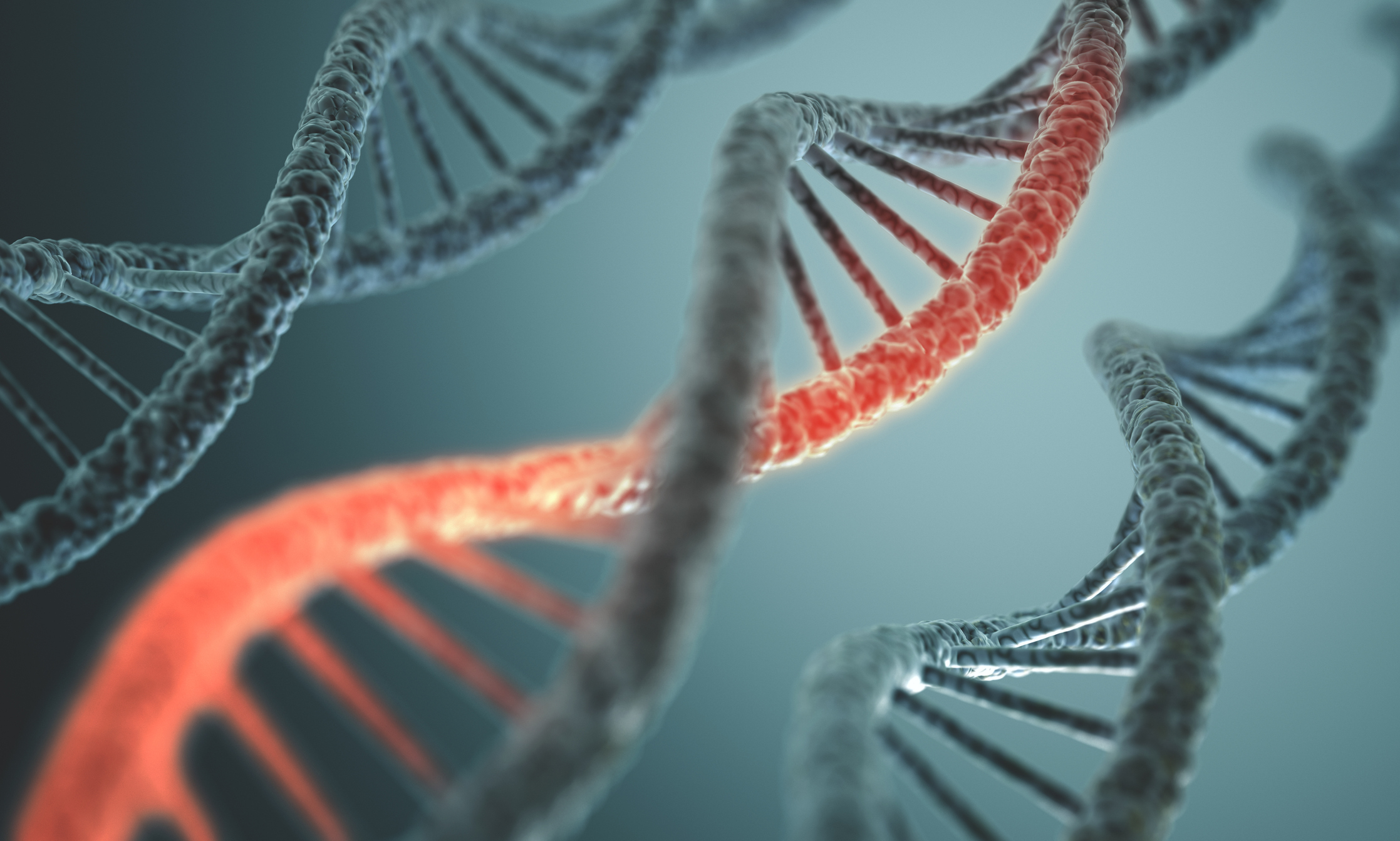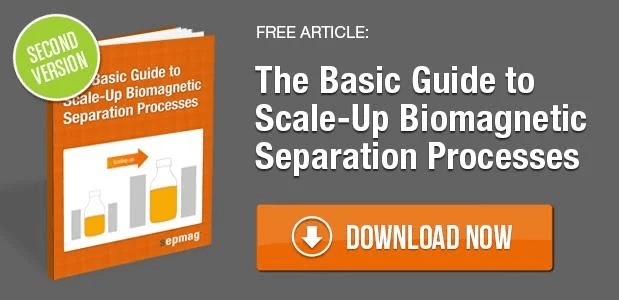Overview of mRNA extraction
The “central dogma” states that DNA gets transcribed into mRNA which is then translated into a protein. The mRNA strands for messenger ribonucleic acid as it is the messenger between the directions of DNA and the creation of proteins by the ribosome. Researchers and industry laboratories extract mRNA from cells to study processes occurring in the cell. mRNA only accounts for 5% of the RNA in the cell so it is important to have a technique which will specifically purify this type of RNA. RNA is also very sensitive to Rnase contamination, which is found all over your skin as an antimicrobial. To avoid contamination it is helpful to have an efficient and simple method for mRNA extraction. A common method for mRNA extraction is the use of magnetic beads.
Why do mRNA extraction?
In scientific research and industry there are several scenarios in which mRNA extraction is needed. Recently mRNA has been in the news because pharmaceutical companies have developed mRNA vaccines against SARS-CoV-2 (severe acute respiratory syndrome coronavirus 2). The amount of mRNA in the cell provides crucial information about what information (genes) is being processed and at what amounts. This translates understanding what genes are being turned into which proteins to what process is occurring in the body that is causing this mRNA to be present. Understanding mRNA also provides insight into what splicing events are taking place. The timing and abundance of certain mRNA can also indicate temporal processes.
Total RNA can be purified using organic extraction (phenol-chloroform), silicon based spin columns, or magnetic beads. You can read more about total RNA extraction in the article: RNA Extraction Kit. After total RNA purification, mRNA requires more purification steps. Magnetic beads are a popular method for the specific mRNA extraction. The beads utilize the poly-A tail on mRNA which makes it unique from other RNA. This is especially helpful in separating it from rRNA which is much more abundant. This technique has a common protocol in many laboratories. To give you an idea of how simple mRNA extraction can be with magnetic beads, here is a general protocol.
General mRNA extraction protocol:
Option 1
- You incubate your total RNA sample with biotin linked oligo-dT chains first.
- Your magnetic beads are pre-conjugated (or pre-coated) with streptavidin.
- Incubate your RNA bound to oligo-dT-biotin with your magnetic beads.
- Put your sample on a magnetic separator, and remove all RNA in solution not bound to magnetic beads.
Option 2
- Magnetic beads are pre-conjugated with oligo-dT.
- RNA sample is mixed with magnetic beads, mRNA binds specifically to oligo-dT.
- Sample is put on a magnetic separator to hold magnetic beads in place bound to mRNA, the rest of the solution with unwanted RNA is washed away.
mRNA extraction conclusion
mRNA extraction is important to research and industry settings. In research mRNA offers important insight into what proteins are being translated or how much transcript is being produced by the cell. Clinically it has become vastly important with its role in the SARS-CoV-2 vaccine. Synthetic mRNA production requires a purification step to get the final mRNA product out of the solution in which it was transcribed. For this purpose scaling up will be important. Modern separators offer the ability to do scalable production without compromising speed and safety of the sample.
Related articles:





